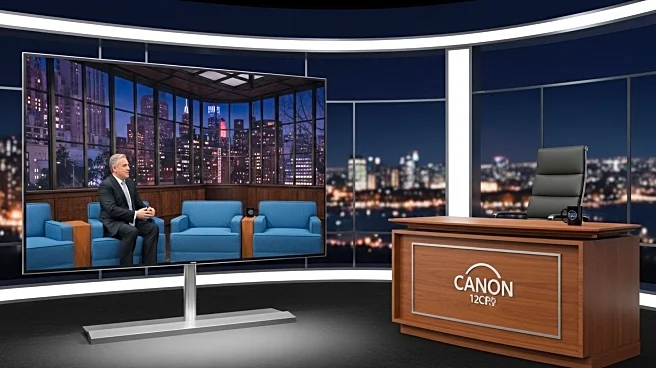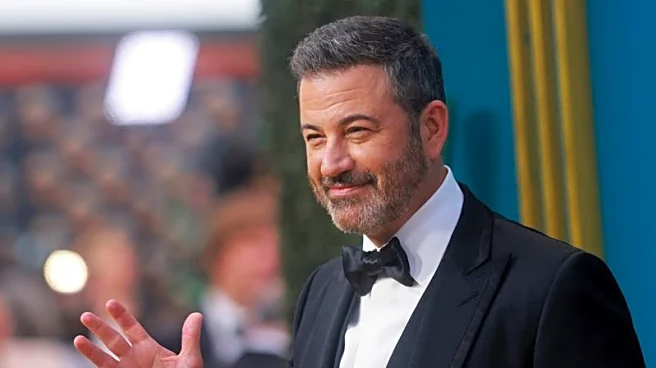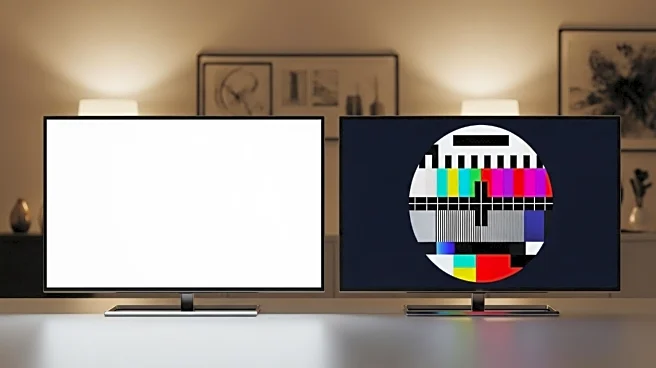What's Happening?
The Federal Communications Commission (FCC) is considering a significant change to broadcasting rules by proposing to raise the cap on the number of local TV stations a company can own. This proposal has sparked criticism from media watchdog groups like Free Press, who argue that it could lead to dangerous levels of media consolidation. The current cap prevents any single company from reaching more than 39% of the national television audience. Companies like Sinclair Broadcasting, Nexstar Media Group, and Gray Television Inc., which already own the maximum number of stations allowed, stand to benefit from this change. The proposal has become a focal point in discussions about media ownership and its implications for free speech and competition.
Why It's Important?
The potential change in FCC rules could significantly impact the U.S. media landscape by allowing a few large conglomerates to control a larger share of local TV stations. This consolidation could reduce diversity in media voices and limit competition, potentially affecting the quality and variety of content available to the public. Critics argue that such concentration of media power could lead to biased reporting and reduced accountability. The proposal also highlights ongoing tensions between media companies and regulatory bodies, as well as the influence of political dynamics on media policy.
What's Next?
The FCC is currently seeking public comment on the proposal, and the outcome will depend on the feedback received and subsequent regulatory decisions. Media companies are likely to lobby for the change, while watchdog groups and some political leaders may push back against it. The decision could also face legal challenges if it is perceived to violate existing media ownership laws or the public interest.
Beyond the Headlines
The debate over media consolidation touches on broader issues of media freedom, corporate influence, and the role of government in regulating the media industry. The outcome of this proposal could set a precedent for future media ownership regulations and influence the balance of power between large media corporations and smaller, independent outlets.












